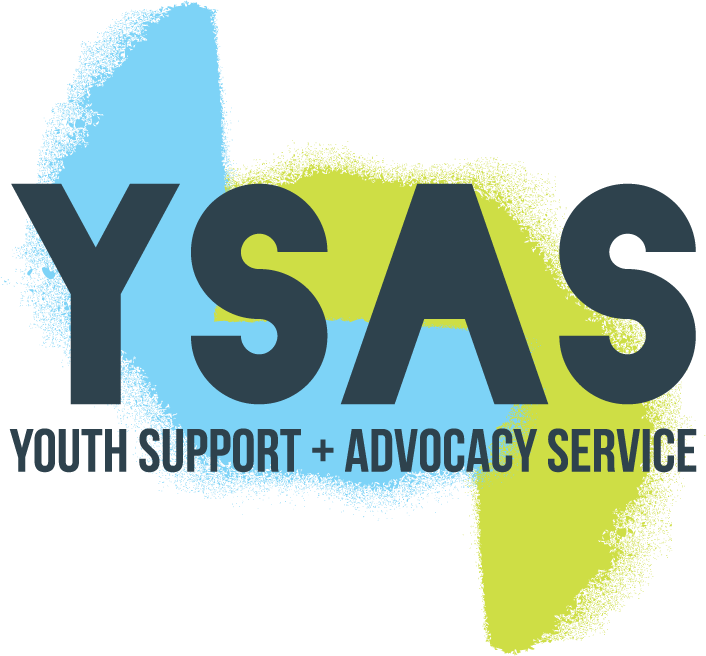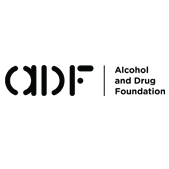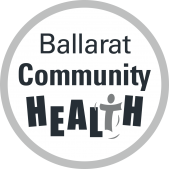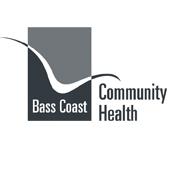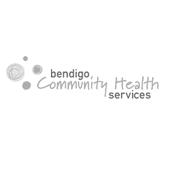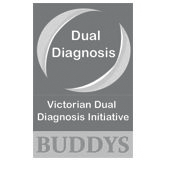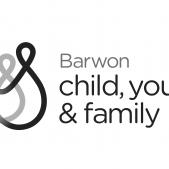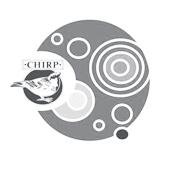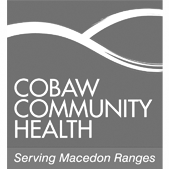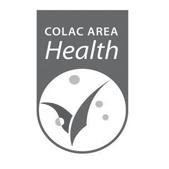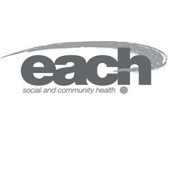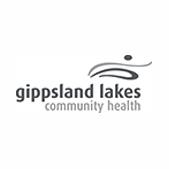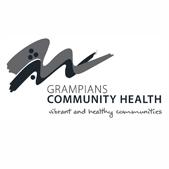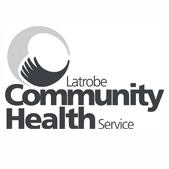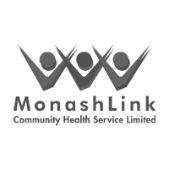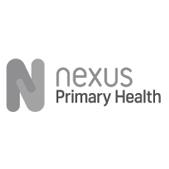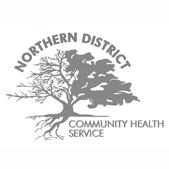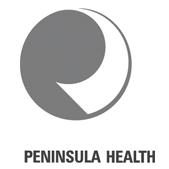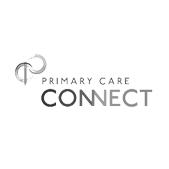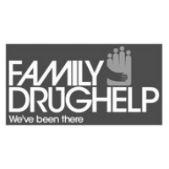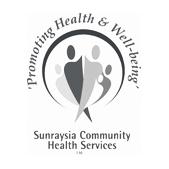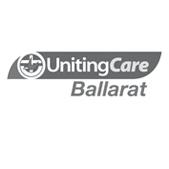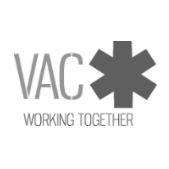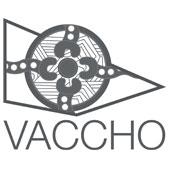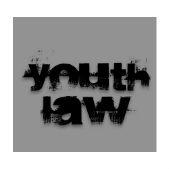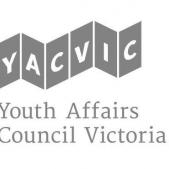Understanding Youth Drug & Alcohol Use
Why do young people develop AOD problems?
Understanding pathways into problematic drug or alcohol use promotes an empathetic approach to supporting young people.
There’s no specific pathway to problematic drug use, but it’s certainly more predictable than attributing it to ‘bad luck’. The 2013 Victorian statewide census of young people in AOD treatment (n=1000) found that even prior to beginning substance use, young people had experienced considerable disadvantage that doubtlessly contributed to their later drug use.
More than two-thirds of census participants had a history of childhood abuse and/or neglect, almost 40 per cent had been involved in the state care and protection system, few had completed secondary education, and most had experienced mental health issues. Being in environments where substance abuse is a validated method of coping with psychological pain also greatly increases the likelihood of a young person developing a substance use problem.
This doesn’t mean that abuse, neglect, or mental ill-health cause substance misuse. Many people who experience these things do not develop AOD issues; rather, there are concurrent factors that create a ‘perfect storm’. For example, many young women surveyed who had been sexually abused hadn’t received support or safety at the time of the abuse. Often their revelations were ignored, or they were punished and/or abandoned as a consequence of speaking out. The trauma of the abuse was compounded by an absence of validation and support.
Similarly, many young men have experienced considerable trauma – often family breakdown, abuse, or the death of a parent. The absence of secure and loving environments where it’s okay for boys to express emotion and seek support inhibits their ability to recover; this emotional distress often manifests as anger.
Trauma left without support or care is extremely detrimental to a person’s wellbeing. Most young people who present to AOD services explain that they use drugs ‘to stop feeling’ or ‘to stop thinking’ – a pain-relieving emotional anaesthetic. Often drugs are the only form of pain relief they can access.
Access the YouthAOD toolbox for a more in depth exploration and this fascinating interview with Neuroscientist Dr Carl Hart.




